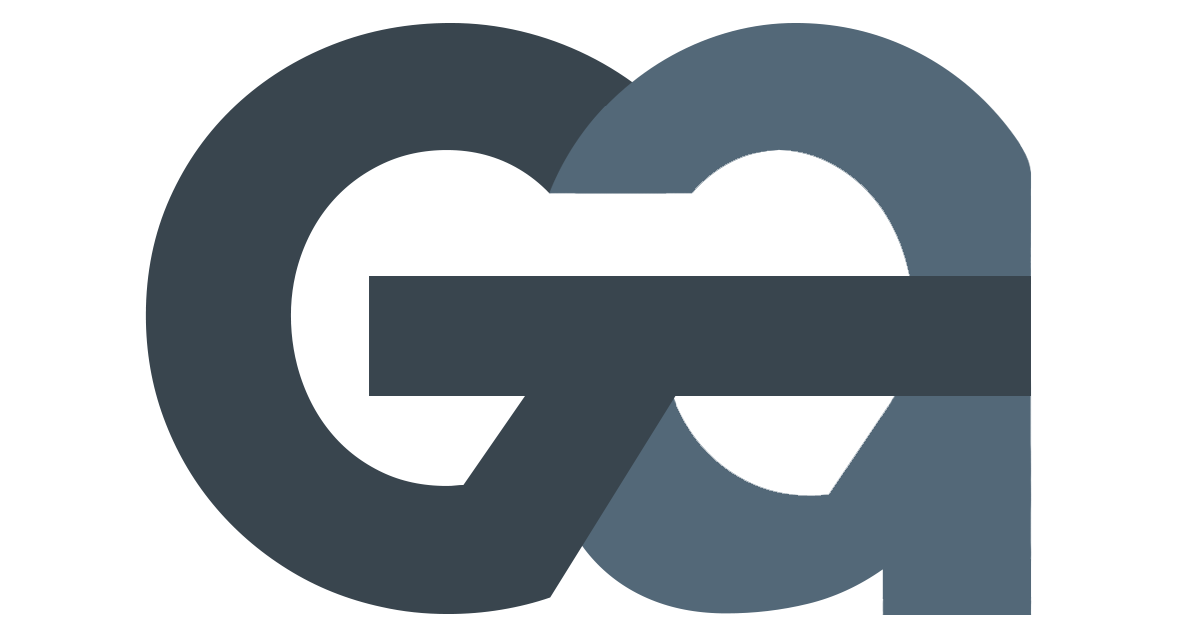A Fast No: The Next Best Answer to a YES!
/Over the past thirty plus years in sales and marketing roles, I’ve read countless books and attended dozens of lectures and classes on closing business. The art and science of “getting to yes” goes back to the very beginning of time.
I think we can all agree that in sales, YES! is the ultimate answer. But what’s the next best answer? Some might say “Maybe,” while others might say “Soon, but not now.”
But, my experiences have taught me that the second best answer to a “Yes” is a “Fast no.” When you hear a “No” right off the bat, you know it’s time to move on and can put your resources elsewhere.
The Worst Answer: The Slow No
So, why is a fast no the second best answer? It’s rather simple, as it’s the antithesis of a “slow no.” A slow no is the worst possible outcome to a sales pursuit.
Slow no’s consume precious resources at an accelerating rate. Think time, money and energy for alternative opportunities.
Sadly, I’ve seen many sales professionals who will just stay on a pursuit, believing that with tenacity and additional resources they can get the customer to yes.
They bring in support engineers, management, reference sites, demos, outside consultants, and others. They waste company resources, adding exponentially to the cost of sales. Each week, they burn energy defending their deals to their bosses on sales and funnel calls.
But as time goes on, they get that dreaded gut feel that a yes will never happen. They were either duped by the customer or duped by themselves. They start to strategize the “word salad” they’re going to use when they tell the bosses that the deal is lost.
Even worse, their brand is damaged and their sales manager may no longer trust them. We’ve all been there.
So what’s the reason behind a slow no? My experiences and research lend me to conclude that there are many.
Some buyers just have a tough time saying no. They believe it is kind to unintentionally string along a sales person, believing that perhaps something will change. Just perhaps, the buyer believes, the fifteen-year incumbent vendor will stumble and want to have an alternative source in reserve.
Other common slow no dynamics are the customers who are gathering intelligence (pricing, etc.) to leverage against the winning supplier, or the customers who use hope as a strategy, just crossing their fingers they’ll get the budget and authority to buy.
Building Yes or a Fast No Into Your Selling Motion
So how does one build the dynamic of “Yes or a Fast No” into their selling motion? The best I have seen combine a disciplined checklist with old fashioned intuition.
The checklist should include the obvious:
Budget
Authority
Need
Timing
And these less obvious, more subjective items:
Customer risk assessment
Detractor assessment
Back channel intelligence is essential, as well as historical buying behaviors. Trial closes should be deployed and often just asking can be effective.
What do I mean by back channel intelligence? Back channel intelligence uses generally easily available information about a companies buying patterns, incumbent vendors, financial strength, etc.
This mosaic of data found in publicly available reports, perhaps from your predecessor on the account, a channel partner, or other sources provides valuable guidance in qualifying if a deal will close or end up in the dreaded slow no dynamic.
True sales professionals are introspective. They continually assess their skills, including their ability to sniff out a slow no.
The sales professional who optimizes their resources and time on high propensity to close opportunities is highly valued and highly successful.
What are your skills and techniques in getting to YES, or the second best answer of a Fast NO?
This article was originally published August 2018 and has been updated.



